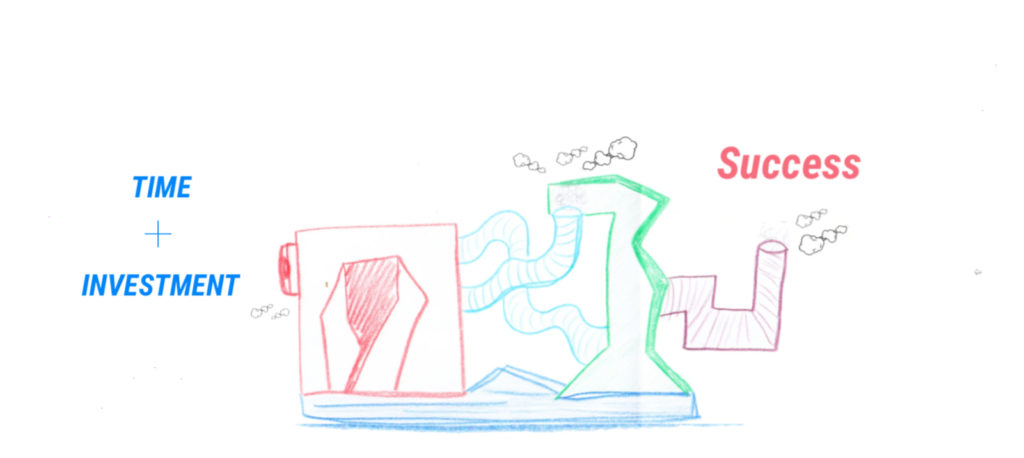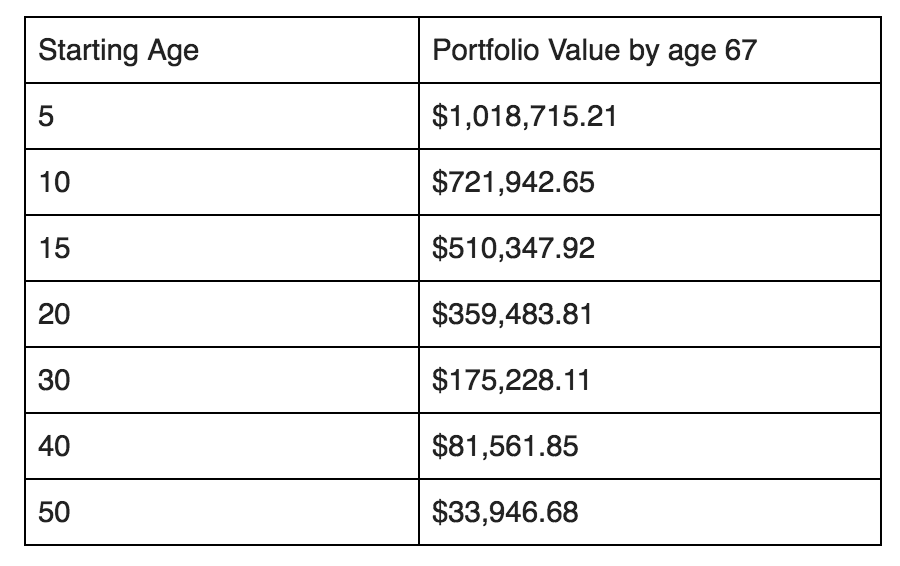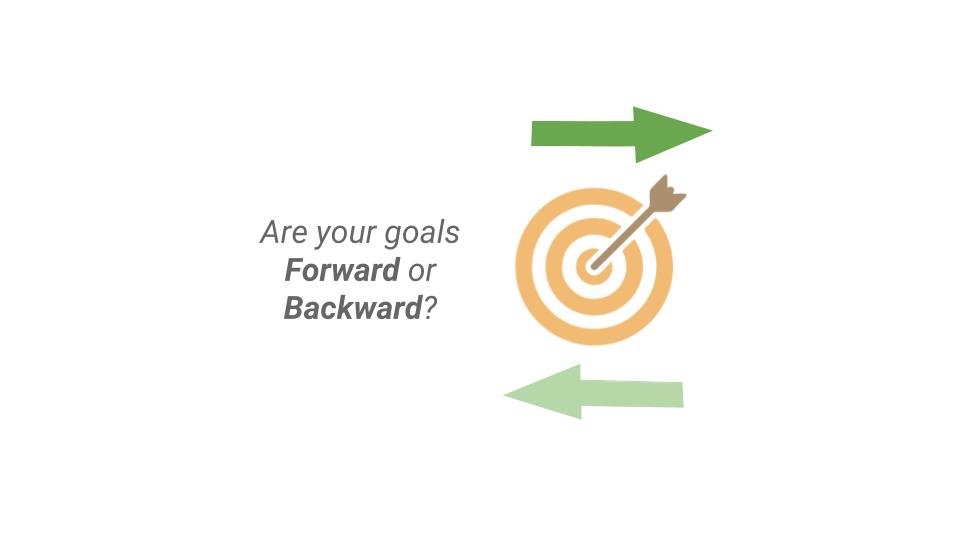
Written on February 8th, 2018
12 minute read
Perception pivots and why they matter
You should always focus on valuable realities; a familiar statement I tell Googlers attending my happiness course.
There are 11 billion pieces of information communicated to us every single second.
Crazy, right? If you look around, there are 11 billion things your brain can focus on. What do you think your brain can actually process (per second)?
Here is where the really optimistic people shine. Some will shout out, “one-thousand” or even “ten-thousand,” but the answer is actually 40 bits per second. You don’t have to be a math expert to know that 40 is a really, really small slice of 11 billion. That’s the equivalent of choosing 58 people on the entire planet!
Whatever you focus on, is the reality that you live in; and everybody focuses on something different. This is pretty nuts, and what we’re finding is people are quite literally living in different realities. If you’re a Stranger Things fan, we’re having the same thought; the upside down is being played out in real time! Well, not quite that dramatic, but directionally it’s actually correct.
There’s an important group of people, who we call, “Positive Geniuses.” They focus on the right pieces of information in their environment, leading them to faster solutions, higher levels of creativity, productivity… the list goes on. They’re using perception to their advantage.
There are two specific ways you can train your mind to become more like a “Positive Genius,” and I decided to try them out myself for 30 days.
Daily Gratitudes – there’s a lot that you’re grateful for, so take the time to recognize it
- Write down 3 things you’re grateful for each day, it can be really abstract or really simple
- IE: Good music, cute puppies, and the opportunity to learn something new everyday
- This rewires your brain to look for the positive things in your environment (the better 40 bits)
Reframing Challenges – multiple realities exist and we need to select the most valuable reality
- Choose something you’re struggling with and write down three ways you currently view the task; then, contrast it by writing down three alternate yet equally true ways to see that same problem
- IE: I have a lot of work to catch up on, but I also have a lot of responsibility and control in my job
- This forces you to view situations in multiple ways and, by doing so, you recognize new factors in your environment you typically miss (a different 40 bits)
Would I start seeing the positive details in my environment? Could I be missing the most important 40 bits? Will it have any measurable impact on my performance at work or at home?
The second exercise was most fascinating to me, and it flows into something I dub the “Perception Pivot.” We’ve all experienced it before – you learn a small fact about a situation and suddenly your option or outlook does a 180. IE: You thought the cashier was a terrible person, but suddenly you couldn’t have more compassion for them. Here’s an example that underscores this incredibly well, and it comes from my friend, Sean. At the time, he was a manager of an Apple Store.
One Thursday, it was busier than normal and the wait was long. One woman in the iPhone repair queue was getting extremely agitated at the staff. She began acting out and screaming at employees. The other customers in line were looking at her like she was a lunatic, they tried their best to just ignore her. Eventually, she demanded a manager and Sean did his best to truly understand the situation by asking her a series of questions. After a few minutes, he found out something critical; she was a chemotherapy patient and used some of the applications on her iPhone to schedule her medical treatments. The longer she waited for her phone to be fixed, the more treatment appointments she was missing.
I think anyone in that line, if they had known this fact, would have acted differently. Even you, feel completely different about her behavior at this point, right?
Boom. Perception pivot.
Back to my research, the short answer is yes; I began to have a more positive outlook everyday, I felt more satisfied at work and even found stronger meaning in my social circles with friends and family. It felt as though the exercises were working, I was certainly more grateful and saw challenges with new vantage points. But my conclusion was only anecdotal; I needed something else to show the exercise was working. And that’s when something incredible happened.
I was meeting a friend after work who lived in downtown Ann Arbor. The building’s tenant base was predominantly graduate students and newly working 20-somethings. As I came through the lobby, I saw an older woman stacking large moving boxes; there must have been at least 4 of them, each full with belongings. She was having trouble moving them alone, and each lobby-goer passed by as if she wasn’t there.
It was so strange. I mean, if you ran an experiment showing various situations and asked, “what doesn’t fit?” I think 10/10 test subjects would have chosen this woman. Nothing lined up, she was middle-aged, not recently graduated; moving out, not moving in; visibly upset and unhappy.
In real life, you’re not forced to pick out things that don’t fit. In fact, we’re usually running on autopilot, deep inside our heads, there’s a lot we miss. Everyone assumes the script is always the same, but many times it’s not. Ah-ha! My perception exercise was working.
Instead of passing her, my eyes met hers and I just began moving boxes. We didn’t say anything, I just started helping. Suddenly her individual operation evolved into a circuit formation. 10 additional boxes were transported from the lobby, to the parking lot, to the trunk of an SUV. At the car, there were two adults waiting, both in a saddened mood. After we packed the last box away, I answered their thank-yous and walked back towards the building.
I had almost reached the entrance when I heard, “Wait a minute!” …she had followed me back inside. As I turned around, I noticed eyes held back tears. “That was really kind of you.” she said. “The two parents at the car just found out that their daughter had passed away. It was sudden. I knew her well because I am a professor at the University and she was one of my students, a great person. What you did means so much, it’s hard for me to describe. Getting help from from people in the community has been so important.”
Boom, perception pivot.
You should always push yourself to see how situations may be different.
Angry at the driver who cut you off?
- Maybe he’s driving his wife to the hospital, she’s in labor with their first-born.
An employee comes to work late each day of the week
- Maybe she’s taking care of an ailing parent, hasn’t been home earlier than 11pm each night
See a stranger moving out of your apartment building?
- Maybe she’s helping a friend who needs it more than you can imagine
We tend to give ourselves the benefit of the doubt, but never offer others that same chance. It leads us to miss what’s going on right in front of us because we’re stuck in our own heads. We need to constantly challenge our perceptions, everyday, in every way.
I challenge you to pick up a positive habit this week and view your reality differently. When we become Positive Geniuses, we don’t just elevate ourselves, but instead, we lift everyone up.
Perspective pivots matter because they help us reach our greatest potential.










